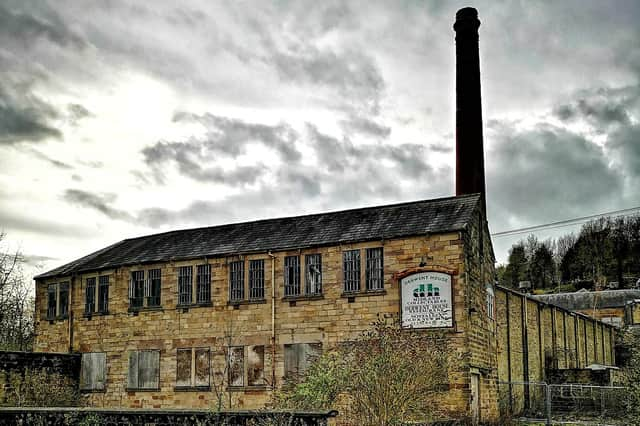The damaged dolls and broken Father Christmas decoration – as well as a number of wheels - are among a number of items littering the interior of the former Milford Mill, off Derby Road on the banks of the River Derwent, in Milford, near Belper.
They were photographed by Urban explorer Lost Places & Forgotten Faces, who shared the images on their Facebook page, following their 300th explore.
The explorer said: “As I approached the site, I realised just how massive and imposing the place is.
“Inside is enormous, full of huge rooms, old industrial machinery and equipment. It's such a photogenic place.
“It wasn't until reaching the final section of the historic mill that I found a huge room full of masses of the most random items. Appliances, paperwork, creepy dolls and even a Santa Claus that had been cut in half.
“Based on the sheer size and creepy contents of this explore, it certainly deserve the milestone of my 300.”
They said the former cotton spinning mill had been built in the late 18th Century.
They said: “The complex eventually included spinning, bleaching and dying mills, as well as foundries, joiners’ workshops, a gas-works and a corn-mill.”
Following the decline of the cotton industry, the mill become home to a number of small businesses, including an antiques shop, restaurant and a car wash, but, the explorer said, most had vacated by 2013.
A planning application has previously been approved for the demolition of some buildings on the site, construction of more than 60 homes and the conversion of the Dye House to office and retail accommodation.
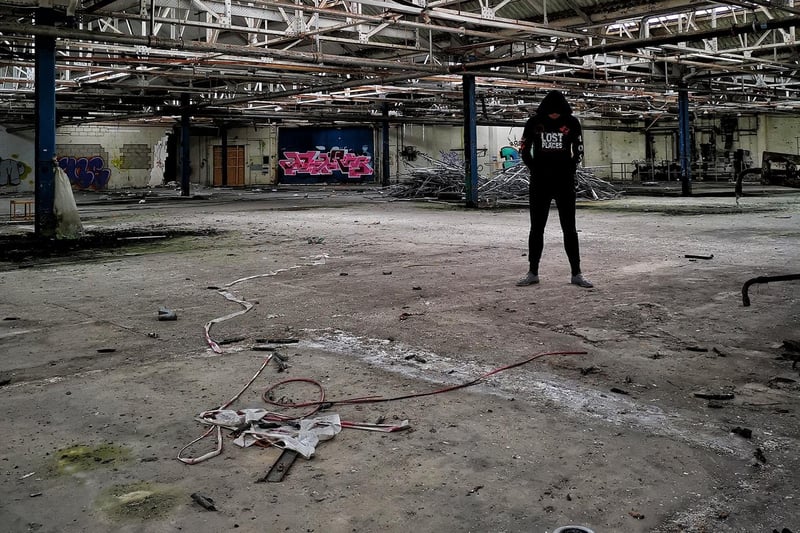
1. Wide open space
Urban explorer Lost Places & Forgotten Faces often takes images of themselves inside their latest explore. Photo: Lost Places & Forgotten Faces
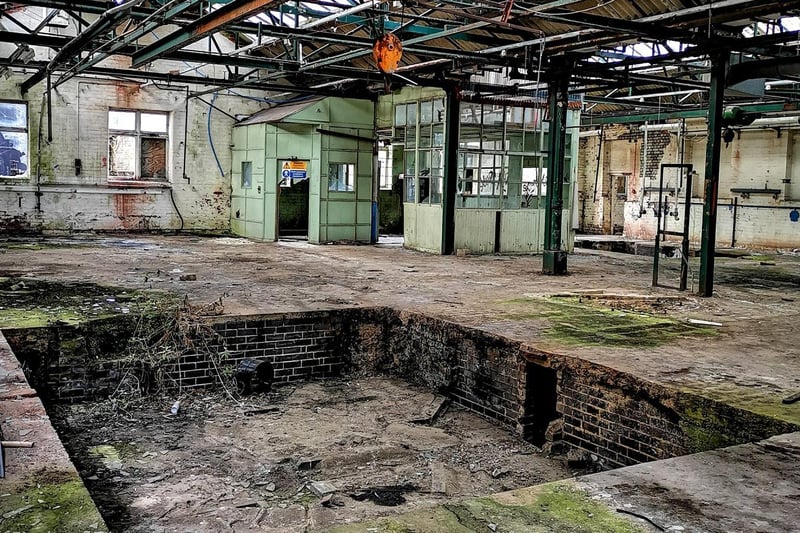
2. Derelict building
Urban explorer Lost Places & Forgotten Faces said: "The Derwent Valley cotton industry went into decline in the first quarter of the 19th Century." Photo: Lost Places & Forgotten Faces
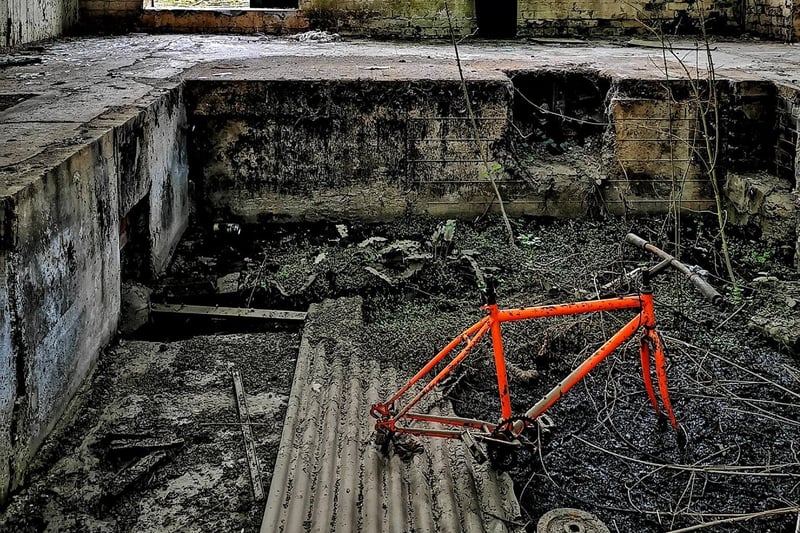
3. Missing bike
An orange bike frame has been abandoned in the building. Photo: Lost Places & Forgotten Faces
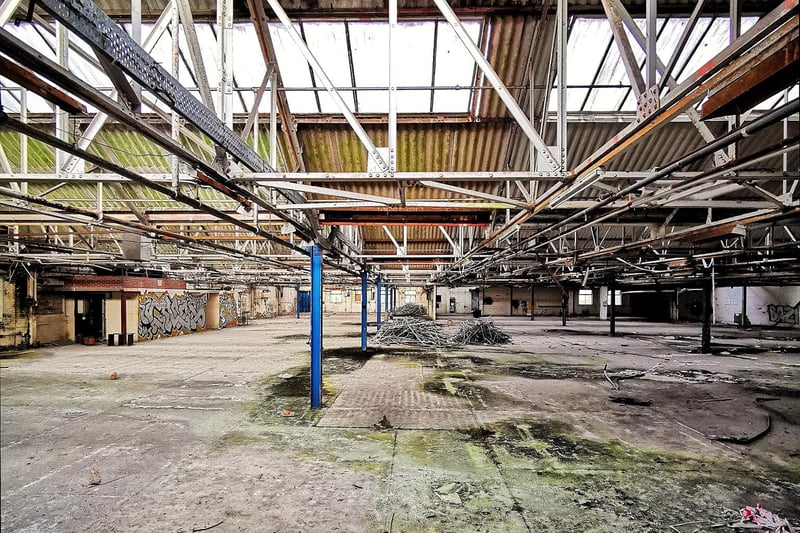
4. Derelict building
Planning permission has previously been granted to demolish some of the buildings on site. Photo: Lost Places & Forgotten Faces
